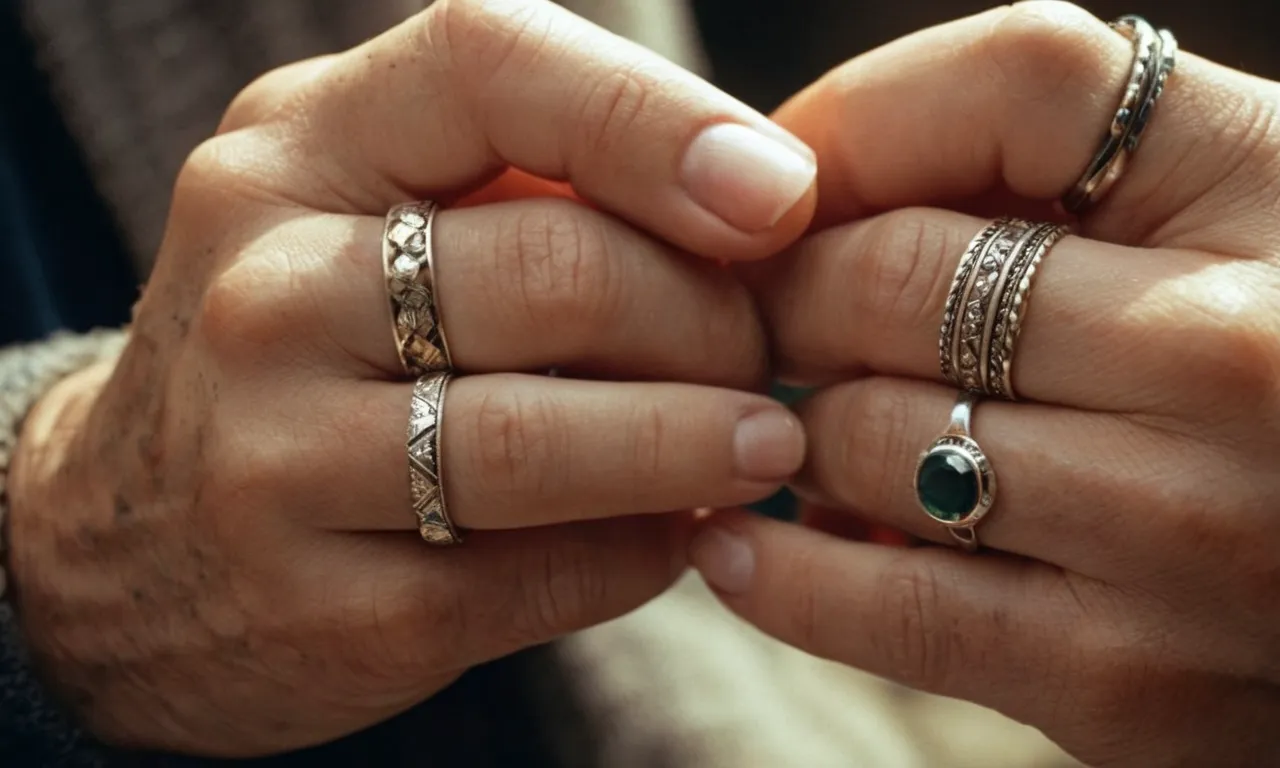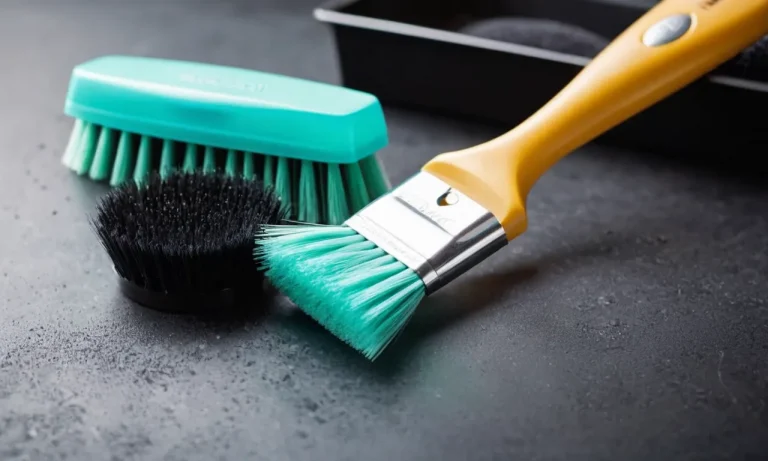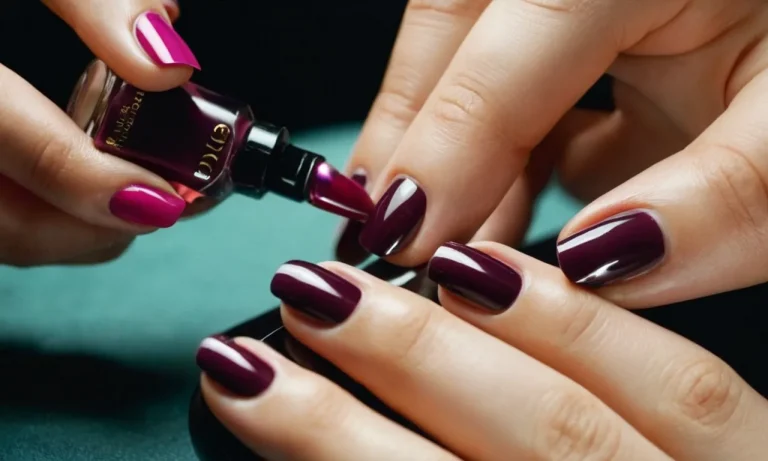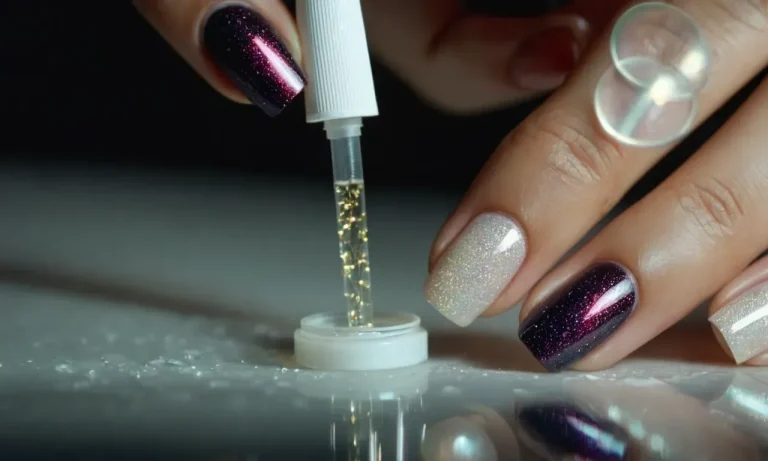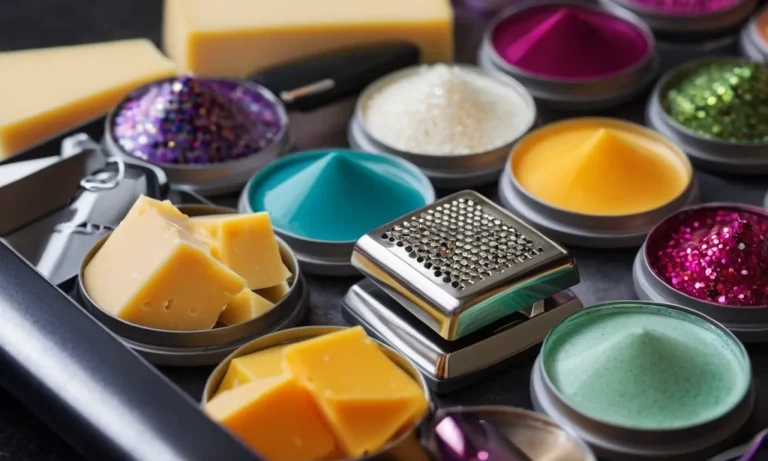What Causes Dents In Thumb Nails And How To Treat Them
Have you noticed strange dents or ridges in your thumb nails recently? If so, you’re not alone. Dents and ridges in the nail plate are surprisingly common.
If you’re short on time, here’s a quick answer: Dents and ridges in thumb nails are usually caused by minor trauma from activities like using tools, hitting the nail, or damage from biting and picking.
They are harmless and often grow out over time, but treatments like nail buffing or applying nail hardeners can help smooth nails.
In this comprehensive guide, we’ll cover what causes dents and ridges in thumb nails, when to worry about these nail deformities, and the various home treatments you can try for smoother, healthier looking nails.
What Causes Dinges and Ridges in Thumb Nails
Minor Trauma from Daily Activities
It’s common for minor injuries to the thumb nail to occur during our daily routines. Constant use of our hands and fingers for tasks like typing, texting, opening doors and jars, gardening, and sports can create minor blunt trauma to the nails.
Even small impacts on the nail can cause tiny cracks and dents to form over time.
Injury and Abuse of the Nail
More significant trauma from injuries or abuse can also cause noticeable dents and ridges in the nails. Jamming the thumb in a door or having something fall on the nail may create a larger indentation. Physical abuse involving the thumb can also cause nail damage and irregularities.
Nail Picking and Biting
Habitual picking and biting of the nails can weaken the nail plate over time. This allows dents and ridges to form more easily from minor bumps or trauma. Severe nail biting can cause cracking and peeling of the nail layer, leaving the nail thin, fragile, and prone to damage.
Aging
As we age, nails naturally become more brittle and prone to ridges and dents. The growth rate of nails slows by about 0.5% per year after age 30. Slower nail growth can cause uneven layers leading to longitudinal ridges down the nail.
Thinner nails in older adults are also more susceptible to indentations.
Nutrient Deficiencies
Lack of key nutrients like iron, zinc, biotin, vitamin C, and protein can affect nail growth and cause abnormalities. For example, iron deficiency has been associated with Koilonychia or “spoon nails”, characterized byconcave shaping of the nails.
Correcting nutritional deficiencies may help improve nail growth and strength.
When to See a Doctor About Thumb Nail Deformities
Rule Out Underlying Conditions
Seeing unusual changes in your thumb nails can be alarming. While minor dents or ridges may be harmless, it’s important to have a doctor evaluate them to rule out any underlying conditions (1). Some signs that warrant making an appointment include:
- Sudden, unexplained pits, dents or grooves in the nail. These could signal nutritional deficiencies, systemic disease or skin conditions like psoriasis.
- Discoloration of the nail bed. Red, black, yellow or other odd colors may indicate cancer, infection, or blood flow issues.
- Separation of the nail bed from the skin. This can allow bacteria to enter and cause paronychia (nail bed infection).
- Thickening or overgrowth of skin near nail. May be early sign of tumor or autoimmune disorder.
Early intervention provides the best chance for effective treatment. Dermatologists have specialized equipment to analyze the nails. They may run blood tests or do a biopsy if malignancy is suspected (2). Most insurance plans should fully cover these investigative appointments.
Watch for Signs of Infection
If your thumb nail starts displaying pus, redness and swelling around the edges, it could be infected. Other infection signs are increased local pain, foul odor or fevers. Seek medical care promptly if you observe these.
Untreated paronychia can destroy the nail and spread bacteria through your bloodstream.
For mild cases, doctors often prescribe oral antibiotics and recommend warm water soaks. More advanced infections could require lancing to drain pus, followed by topical antibiotic treatment. The most severe paronychia may necessitate partial or full nail removal surgery if the infection persists despite other measures (3).
Don’t try to pop or drain such an infection on your own.
While worrying about vulnerabilities like thumb nail issues is human nature, don’t overlook body clues trying to get your attention. Connect with your healthcare provider right away whenever you spot troublesome nail changes.
Timely assessment and care makes all the difference for protecting both nailbed health and your overall wellness.
| Authoritative references: | |
| 1) https://www.aad.org/public/diseases/a-z/dystrophic-nails | American Academy of Dermatology |
| 2) https://www.medicalnewstoday.com/articles/325865 | Medical News Today |
| 3) https://www.healthline.com/health/infected-fingernail | Healthline |
Home Treatments and Prevention for Dents in Thumb Nails
Buffing Ridges Smooth
Gently buffing the ridges of dented thumb nails can help smooth them out over time. Use a fine-grain emery board or buffing block made specifically for nails. File in one direction, not back and forth. Buff gently once a day until the indentations become less noticeable.
Take care not to thin the nail too much. According to dermatologists at the Mayo Clinic, this conservative approach helps improve the appearance of dented nails through consistent buffing and care.
Applying Nail Hardeners
Applying a nail hardener or strengthener can help improve indented nails. These products work by providing a protective layer over the nail surface and can help smooth ridges and dents. Look for nail hardeners with ingredients like calcium, keratin, and silk fibers.
Apply a thin layer to clean, dry nails once or twice per day. With consistent use for several weeks, nail hardeners from reputable brands like OPI Help Your Nail Help Themselves Strengthener can help fill in dents and cracks from the inside out.
Moisturizing Cuticles
Keeping the nail cuticles moisturized can support stronger, healthier nails over time. The cuticle skin protects the nail matrix where new nail cells are formed and damage here can contribute to indentations and ridges.
Massage a small amount of cuticle oil or moisturizer into the nail and cuticles 2-3 times per day. Some research shows that coconut oil applied directly to nails and cuticles can help strengthen nails and improve the appearance of ridges according to dermatologists.
This helps nourish the nail root for smoother nail growth.
Avoid Picking or Biting Nails
One of the best ways to prevent dents and damage to thumb nails is to avoid habits like picking and nail biting. These behaviors can lead to cracks, grooves, and lasting imperfections in nails. Use a calm fidget tool like a worry stone when you catch yourself picking.
Get regular manicures to keep nails short-trimmed and use bitter no-bite polishes as a deterrent. Keeping nails neatly groomed makes it easier to spot and curb bad habits before they cause permanent indentations.
According to research from the Journal of the American Academy of Dermatology, stopping nail biting and picking can allow nails to grow in healthier long-term if indentation causes are avoided.
Wear Gloves for Protection
Wearing protective gloves can help prevent thumb nails from getting dented and damaged during daily tasks and chores. Look for quality rubber gloves, cotton gloves with grip dots, or utility gloves made from leather or synthetic materials.
Wear them while cleaning, gardening, working with tools, lifting heavy objects, and doing dishes. This helps shield the thumbnail area from accidental knocks and pressure dents. According to research summarized by the American Academy of Dermatology (AAD), protecting nails from injury is critical for allowing smooth, dent-free nails to grow in.
Conclusion
While dented thumb nails are rarely serious, taking some simple steps to care for your nails can help smooth out ridges over time. Protect nails from damage, keep them moisturized, and resist the urge to bite or pick to prevent deformities.
If nail indentations persist without any history of injury or fail to grow out normally, see your doctor to check for nutritional deficiencies or rule out fungal infections or underlying nail conditions.

